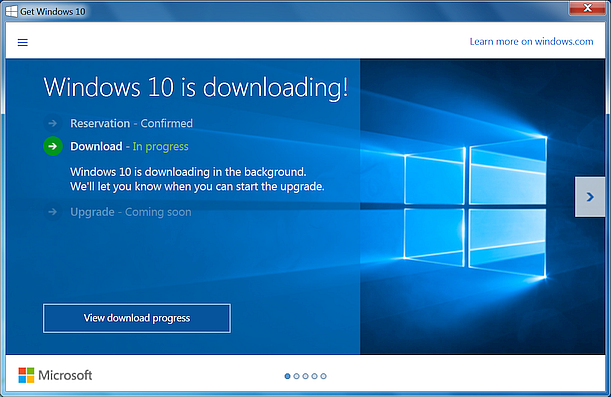By Mike Drisgill
Looking to get a gift for your tech friend or family member?
Google Cardboard may seem like a gag-gift to the untrained eye. This gift idea is a cheap introduction to virtual reality. A quick setup turns a flat piece of cardboard into a virtual reality headset with help from any smart phone! View panoramic photos, games, and watch 3D movies on your mobile phone!
 Get it now from Amazon!
Get it now from Amazon!

